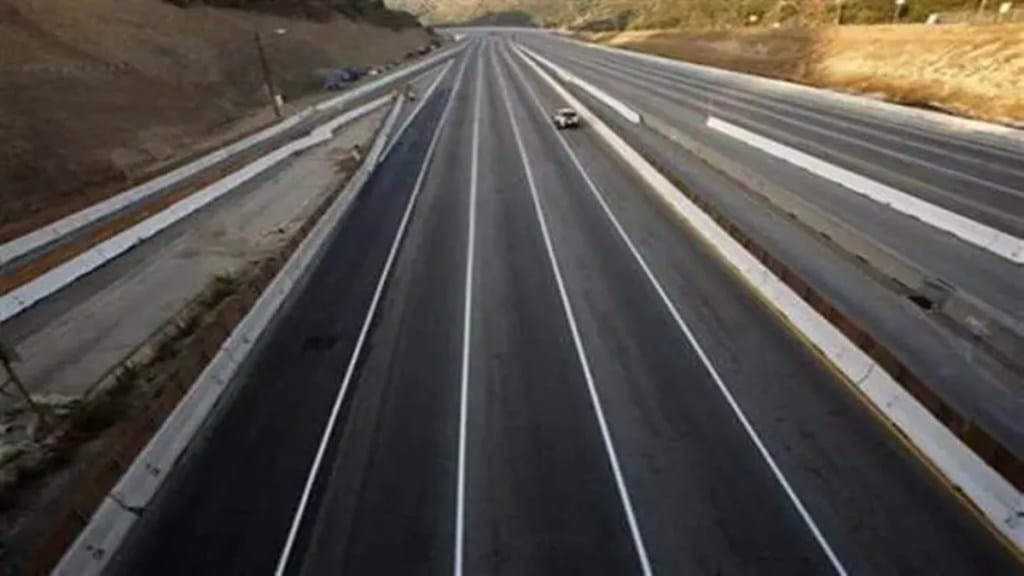Minister for road transport and highways Nitin Gadkari’s recent statement that the government plans to take up national highway (NH) projects worth Rs 10 lakh crore in the next two years, with a special focus on the Northeast and border areas, signals a renewed investment push amid moderating construction pace. It also indicates that despite a near-absence of genuine private risk capital, and increased reliance on budget funds and other modes of financing like monetisation of brownfield assets, the government is determined to avoid any slackness in the key infrastructure sector. The minister has also said India’s highways will be better than that of the US in the next two years. For the record, India’s overall roads network of 6.4 million km is already second only to the US (6.6) in terms of length. The NH network itself has grown by 60% to 146,195 km between 2014 and 2024. But given that the country’s population is four times that of the US, it still has many “miles” to go.
India built 8,330 km of new NH stretches in the April-February period of the last financial year, as against 12,349 km in the whole of 2023-24, which was an annual record. As far as the projects under the National Highways Authority of India (NHAI) are concerned, just 5,614 km stretches were newly constructed in 2024-25, compared with 6,644 km in the previous year. The awarding of projects has also declined from 12,375 km in 2022-23 to 8,581 km in 2023-24, though it seemingly picked up a bit in 2024-25. What goes to the credit of the government is that it at once managed to accelerate the pace of construction and ensure that the load on the exchequer doesn’t spiral out of control.
The NHAI’s debt, which reached an alarming Rs 3.5 lakh crore by the end of 2021-22, has since been on a declining trajectory, and is currently around Rs 2.76 lakh crore. This is because during the last four financial years, the NHAI relied far more on Union Budget funds. The salutary aspect is that despite the borrowing freeze, the NHAI’s annual capital expenditure grew 2.5 times to Rs 2.5 lakh crore in the five years through 2024-25. Apart from taxpayers’ money, NH construction has also been aided by close to Rs 1.4 lakh crore mobilised via monetisation of operational assets over the last five years. The monetisation process has helped raise equity funds from pension funds, insurance companies, mutual funds, and, of late, from the Employees’ Provident Fund corpus, besides debt.
But there are early signs of the toll-operate-transfer (TOT), one of the three modes of monetisation, tapering off — just Rs 6,661 crore was raised via this route in 2024-25, compared with nearly Rs 16,000 crore in 2023-24. The NH Investment Trust (NHIT) model continues to inspire confidence with a mop-up of Rs 46,000 crore in the last four rounds of bidding. Whether the government admits it or not, financing of NH projects is at a crossroads, and needs innovative solutions. Even after sweetening of the concession agreement, private investors are clearly not willing to invest in large and long-term NH projects. The imperative of fiscal consolidation would inevitably retard the growth in Budget funds. Earmarking certain remunerative areas like ropeways and selected short-gestation NH projects that ensure solid return on equity to the private investor, and a heightened focus on the NHIT model may help reduce reliance on taxpayer monies.

